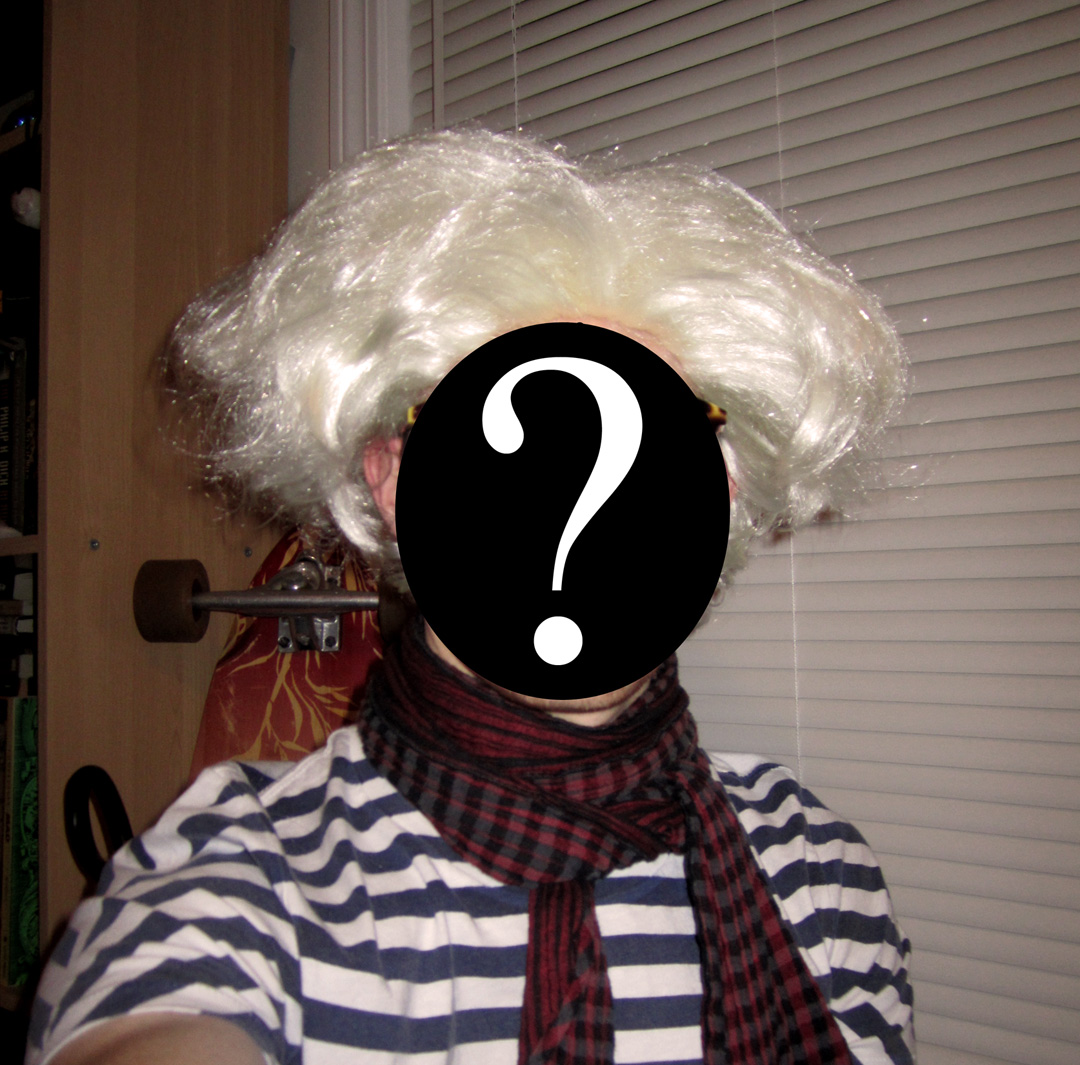By Dave Coonan, Hofstra Alum
Another Halloween has passed, which means that yet another night has gone by that gives teenagers the excuse to vandalize property, throw eggs at each other, and cover the streets of suburban America in shaving foam. And thanks to the yearly custom of dressing up and disguising our true selves, another night has gone by that gives adults the excuse to vandalize property, throw eggs at each other, and cover the streets of suburban America in shaving foam.
Every year it seems that countless TV shows (and some movies, and some people's Facebook pages) retell the classic Halloween-party-mistaken-identity story. You've heard it before – in fact, the FX show It's Always Sunny in Philadelphia put its own ridiculous twist on the story in last week's episode. Here is the very abridged version of the popular urban legend that has been adapted over and over again: a husband and wife are invited to a Halloween party. The wife gets a headache and decides to stay in, but tells her husband that he should go to the party. So he grabs his costume and goes. The wife wakes up, feels better, and goes to the party. Feeling mischievous, and knowing that her husband was unaware of her costume, she decides to approach him and be a little flirtatious. Things start to escalate, they go find somewhere private, bada bing bada boom, and she decides to sneak away before the unmasking at midnight. He comes home to find her in bed, apparently still recovering from her headache. She inquires about his night, mildly hinting at his behavior. He said he wound up playing poker the whole night, but the guy he gave his costume to had a blast!
While this is an urban legend, in reality part of the appeal of Halloween is the anonymity, even if purely subconscious. Once a year it is socially acceptable to dress up and hide ourselves from people that we know, while simultaneously being in plain sight the whole time. Because we've become so accustomed to this tradition, we don't see it as strange. Trick or treating is a wonderful childhood memory. We all remember the costumes our mothers made for us when we were kids. Who didn't want to pretend to be Peter Pan, or a Ghostbuster, or the Statue of Liberty (I didn't make it to many houses that year – I was really dedicated to the part)? But while we were cherishing our mountain of candy and cursing the people who gave us the loose change from their couches, we weren't thinking about why we were dressed that way in public.
Originally a Halloween costume was used to disguise an individual as an evil spirit so that the real evil spirits that roamed the world on All Hallows Eve wouldn't recognize the person as a human and, thus, would leave him or her alone whilst the good spirits were being welcomed into the home. (How do we get "Halloween" from "All Hallows Eve"? Like this: All Hallows Eve, the day before Hallowmas [All Saints Day], was known as All Hallows Even to the Scottish people - "even" meaning evening. Eventually this was shortened to Hallowe'en, and then eventually took on its current form – Halloween. Thanks History Channel!). Now we use costumes to disguise ourselves so that people we know won't recognize us – or, in some cases, so that people we don't know won't know our true identities. Indeed this is one of the most fascinating aspects of Halloween.
My wife and I went to visit a couple of our close friends in Connecticut for Halloween. They have a rather large group of friends up there, none of whom I had met before, and many of those people showed up for our evening on the town. As could be expected, they all showed up in costume – some so elaborate that I couldn't tell what the real person looked like. I decided to dress up as 1960s pop artist Andy Warhol, complete with wig and sunglasses (a perfect incognito disguise), and was already in costume when the group arrived. Being a stickler for consistency, I did not remove any part of my outfit the entire night. Apparently they all felt the same way and decided to stay in costume the entire night. Throughout the night I was able to hold conversations with a few of them. It later occurred to me that upon meeting these people again, on a day when it isn't customary to dress like a fool, I won't be able to recognize them, nor will they be able to recognize me or remember my name, since I referred to myself as Andy the entire night (I really get into character). Society's filters will be turned back on, and chances are we'll even be acting differently. It will be like meeting them again for the first time.
We make friends with false personas and characters, not really knowing the people behind the masks (literally). That's part of the appeal of Halloween; that sense of anonymity that comes with our false identities. It's liberating. It allows us to put our self esteem behind us, to leave our insecurities at home, and go out and have a good time with people who may or may not be who they seem. One day I'll wind up re-meeting those people I met last weekend and they'll learn that I don't have blonde hair and my name isn't Andy.
Real life may not be as exciting as fiction, but it can be just as weird.

Dave Coonan discusses the obsession with anonymity on Halloween


